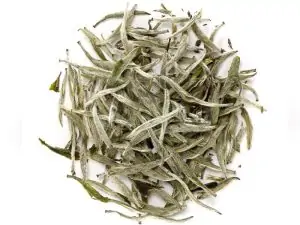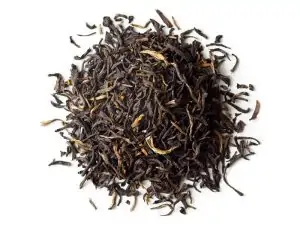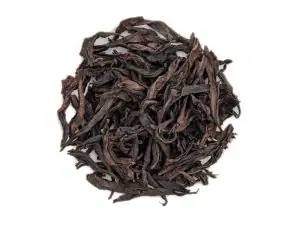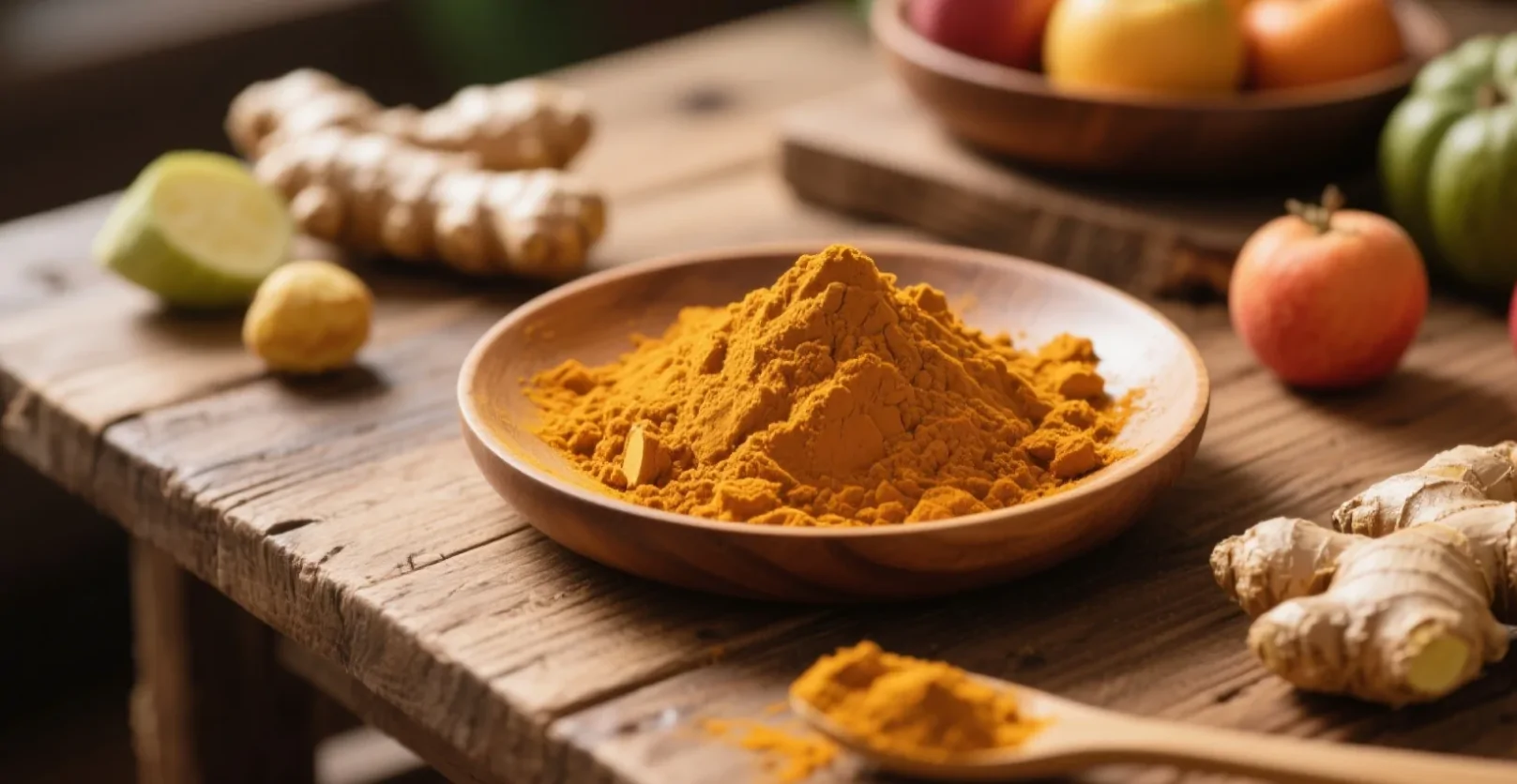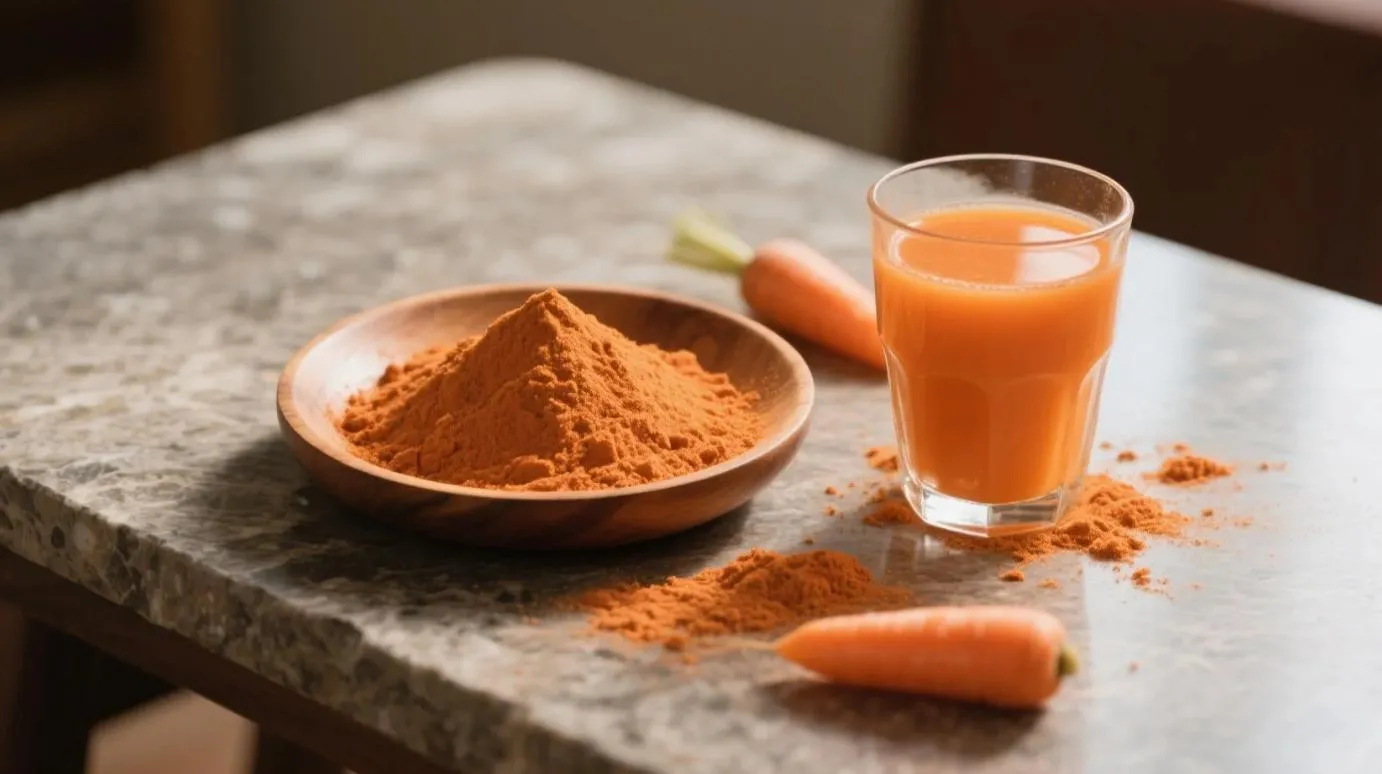Table of Contents
In the quest for natural, zero-calorie sweeteners, organic monk fruit has emerged as a top-tier choice. This small green melon, native to Southern China, has been used for centuries to sweeten foods and beverages. Unlike sugar, its intense sweetness comes from antioxidant compounds called mogrosides, which are not metabolized by the body. For health-conscious consumers, keto dieters, and anyone seeking a clean, sugar-free alternative, understanding how to select a top-quality product is crucial.
This guide will help you choose the best organic monk fruit powder for your needs, differentiating between the whole fruit powder and the more common extract powder.
What Makes Monk Fruit So Special? The Power of Mogrosides
The magic of monk fruit lies in its mogrosides, which are up to 250 times sweeter than sugar. Here’s what makes them a revolutionary alternative:
- Zero Calories & Zero Glycemic Impact: Mogrosides pass through the digestive system without being absorbed, meaning they don’t affect blood sugar levels or contribute any calories. This makes monk fruit an ideal choice for managing diabetes, supporting weight loss, and following a keto lifestyle.
- Clean & Natural: Organic monk fruit is a natural, plant-based sweetener without the artificial aftertaste that can be associated with some other sugar substitutes.
- Heat-Stable: It holds up well under heat, making it suitable for both cooking and baking.
- Antioxidant Properties: Mogrosides are also potent antioxidants, offering additional health benefits beyond just sweetness.
Choosing organic monk fruit is essential for purity. It ensures the melons were grown without synthetic pesticides or herbicides and that the final powder is free from unwanted residues.
Understanding Your Options: Whole Fruit Powder vs. Concentrated Extract
The two main forms of organic monk fruit powder serve different purposes. The key difference lies in the concentration of mogrosides.
1. Organic Monk Fruit Powder (Whole Fruit Goodness):
- What it is: Made by drying and grinding the entire monk fruit.
- Benefits: This is a whole-food approach, providing not only mogrosides but also beneficial fiber, vitamins, and minerals from the fruit. It’s less sweet than the extract, but its more holistic profile may appeal to those who prefer less-processed ingredients. It has a slight caramel-like taste.
- Ideal for: Those who desire a less concentrated, whole-food sweetener. It can be used as a 1:1 sugar replacement in recipes where bulk is needed, though its sweetness will be slightly less intense than sugar.
2. Organic Monk Fruit Extract Powder (Concentrated Potency):
- What it is: The most common form of monk fruit sweetener. It’s created by extracting and concentrating the mogrosides, removing the pulp and fiber.
- Benefits: This is the most potent and efficient form. Because the extract is so much sweeter than sugar, it’s often blended with other ingredients like erythritol or allulose to make it easier to measure and use as a 1:1 sugar replacement. This is the form most widely available for cooking and baking.
- Ideal for: Those who need a powerful, zero-calorie sweetener for beverages, baking, and cooking. The high concentration of mogrosides ensures you only need a small amount for sweetness.
Your Smart Shopping Checklist: What to Look For
When you’re ready to select your organic monk fruit powder, keep these critical factors in mind:
- Always Verify “Organic” Certification:
- Why it Matters: This is your strongest guarantee of purity and quality. It confirms the fruit was grown organically and processed according to strict organic standards.
- Look For: Clearly displayed organic certification logos (like USDA Organic, EU Organic, or JAS if applicable) prominently on the packaging.
- Examine the Ingredients List: Purity is Paramount:
- Why it Matters: A clean label is a must. Many products labeled “monk fruit” contain other sweeteners or fillers.
- For Extract Powder: The most important thing to check is what it’s blended with. Many brands use organic erythritol, which is a great sugar alcohol for bulk. Look for a simple, clear ingredient list (e.g., “Organic Monk Fruit Extract, Organic Erythritol”). Avoid blends that contain artificial fillers or sweeteners.
- For Whole Powder: The ingredient list should simply state “organic monk fruit powder.”
- Check for Mogroside V Percentage (for Extracts):
- Why it Matters: Mogroside V is the sweetest and most studied component of monk fruit. A higher percentage indicates a more potent extract.
- Look For: High-quality extracts will often state the percentage of Mogroside V on the label, typically ranging from 25% to 60%. A higher percentage means less of the product is needed for the same level of sweetness.
- Assess Color and Texture:
- Why it Matters: These are indicators of quality and freshness.
- For Both: The powder should be a pale cream or off-white color and have a fine, silky texture. Avoid products that are dark brown, lumpy, or have an unpleasant smell.
- Review Packaging and Storage:
- Why it Matters: Proper packaging ensures the product remains stable and fresh.
- Look For: Airtight, moisture-resistant, and resealable packaging. Store in a cool, dry place.
By applying these practical tips, you’ll be well-equipped to select a premium organic monk fruit powder that not only meets your dietary needs but also supports your commitment to natural, healthy sweetness without compromise.
Are you ready to enjoy a naturally sweet life?
You might also like
Tè bianco biologico
Marca: ORGANICWAY
Tè nero biologico
Marca: ORGANICWAY
Tè Oolong biologico
Marca: ORGANICWAY
